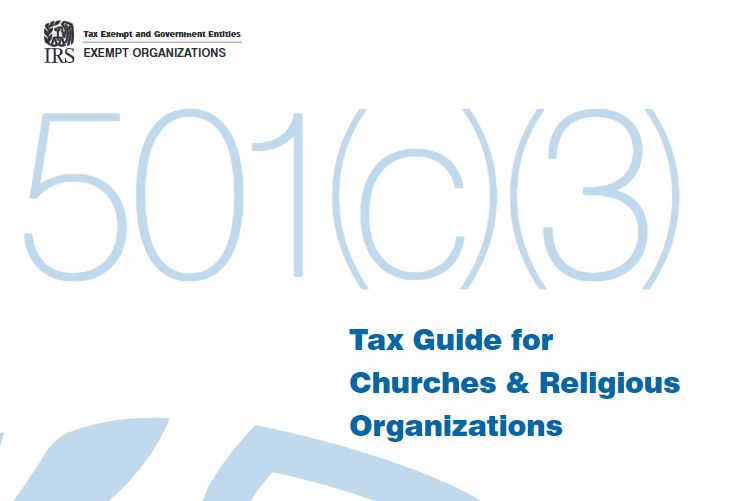Private Operating Foundations vs Non-Operating Private Foundations

The IRS compliance guide for 501 (c) (3) describes each organization that qualifies for tax-exempt status under section 501 (c) (3) is further classified as a public charity or a private foundation. Under section 508, each organization is automatically classified as a private foundation unless it meets one of the exceptions listed in section 509 (a). Private foundations tend to have a single major source of funding (usually a gift from a family or corporation rather than funding from many sources) and most are primarily concerned with obtaining grants from another charitable organization and individuals, rather than the operation direct from the charity program.
Operating foundations are involved in direct operations, generally they must participate significantly in their projects to actively carry out their exempt activities continuously and maintain in contrast to non-operating Foundations with non-operating ones, where concession is more common. of grants.
There are some tax advantages to being classified as a private operating base. For example, charity to a private foundation qualified for a higher charitable deduction limit on the donor’s tax return.
To demonstrate that it is a private operating base, an organization must meet an asset test, support test, or endowment test and demonstrate that it distributes substantially all (85% or more) of the lesser of its adjusted net income or performance. minimum investment directly for the active performance of activities that in addition to their exempt purposes.
